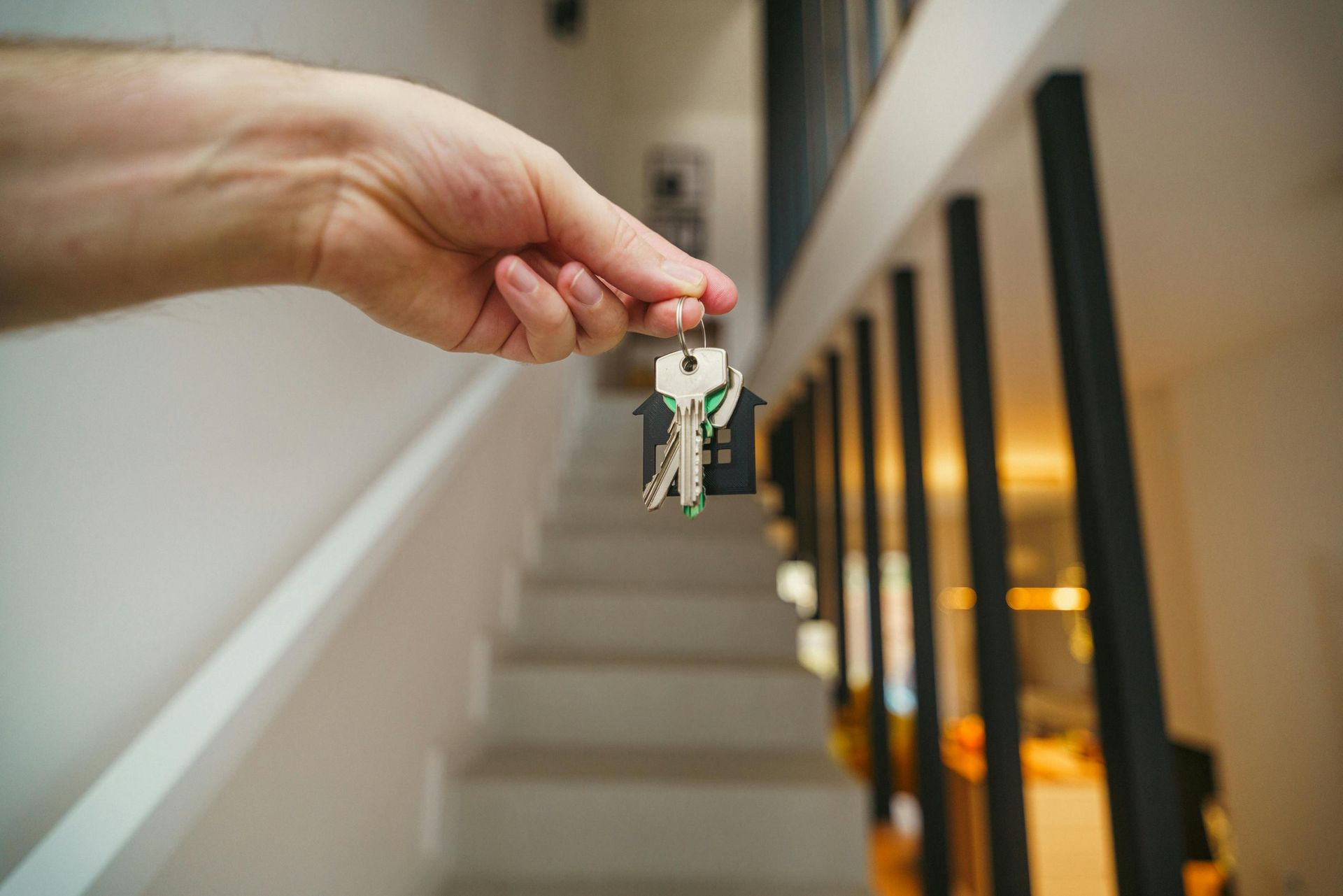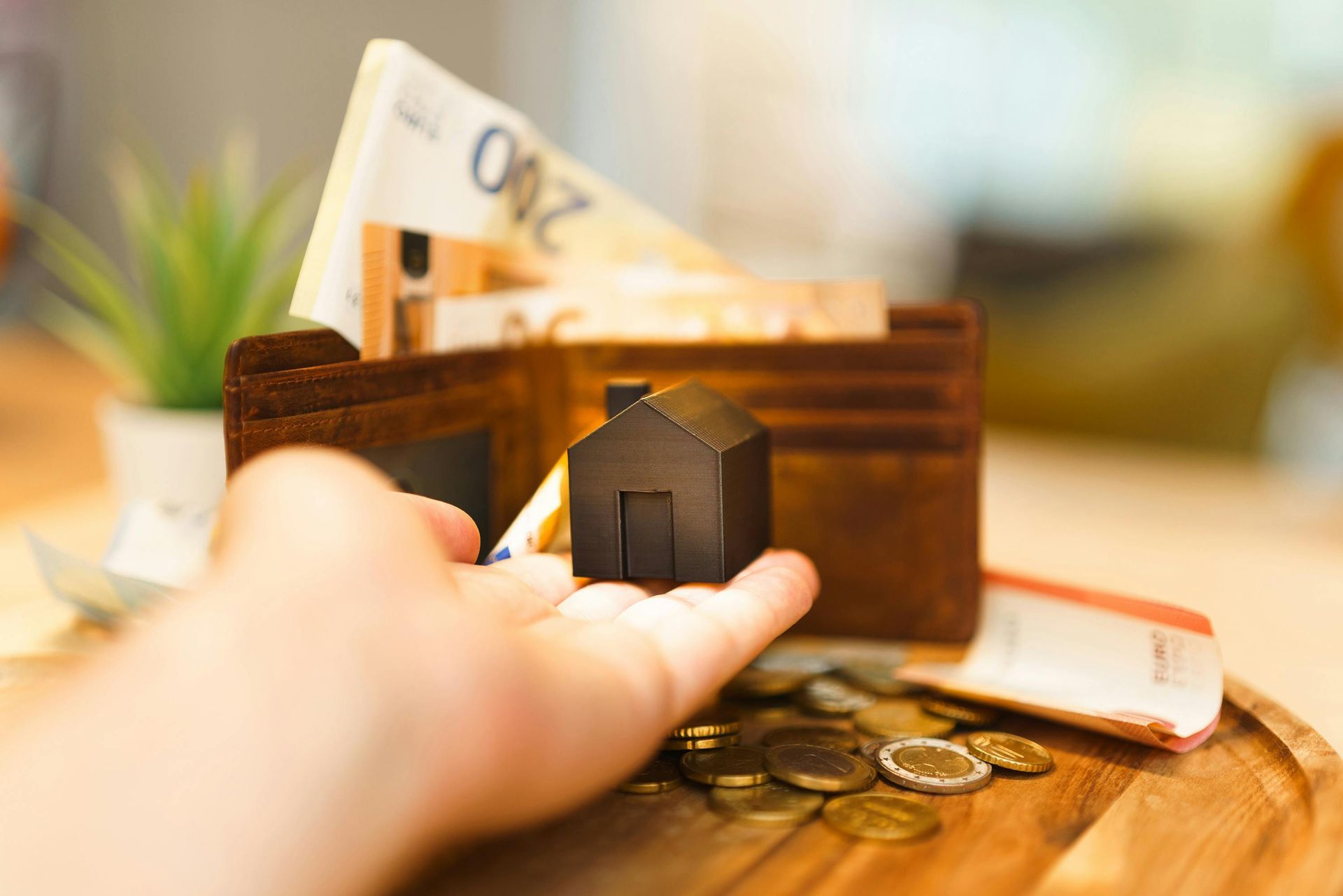How to Save for a Down Payment: A Step-by-Step Guide
Saving for Your Down Payment: A Comprehensive Guide from a Mortgage Loan Officer
- Start saving early
- Set a realistic savings goal
- Automate your savings
- Track your spending
- Consider additional income streams
Determine How Much You Need
The first step is to know your target amount. Down payments vary based on the type of loan and the home’s price, but many conventional loans require between 3% to 20% of the home’s purchase price as a down payment. For example, if you're aiming to buy a $300,000 home, a 10% down payment would be $30,000. Understanding your target amount will give you a clear savings goal.
In addition to the down payment, don't forget to account for closing costs, which can range from 2% to 5% of the home price. These additional expenses are important to keep in mind as they will increase the overall amount you need to save.
Create a Budget and Set a Timeline
Once you have your target amount, break it down into smaller, manageable pieces. This involves creating a realistic budget based on your income and current expenses. Examine how much you can set aside each month for your down payment fund. If you plan to buy a home in three years and need to save $30,000, you’ll need to save about $833 per month.
If that figure seems high, don't worry—this is where adjustments come into play. Look for discretionary spending in your budget. Could you cut back on dining out, subscriptions, or entertainment? Reallocating funds from these areas can make a significant difference over time.

Automate Your Savings
One of the most effective strategies for saving is automation. Set up an automatic transfer from your checking account to a dedicated down payment savings account. Whether it’s weekly, bi-weekly, or monthly, consistent contributions will help you make steady progress without the temptation to spend the money elsewhere.
A high-yield savings account is ideal for this purpose, as it offers better interest rates than traditional savings accounts, which can slightly accelerate your savings growth. Plus, since this account is separate from your day-to-day spending, you'll be less likely to dip into it for non-essential expenses.
Track Your Spending and Reduce Unnecessary Expenses
The next step is to scrutinize your spending. It’s easy to let small purchases add up, but those can be redirected toward your down payment goal. Take the time to track your spending for a month and review where your money goes. This could be through an app or simply by reviewing your bank statements.
Once you’ve identified areas of overspending, make adjustments. Could you cut back on dining out or take fewer vacations? Would it be possible to downgrade your cell phone plan or cancel unused subscriptions? Even small changes can have a big impact over time, allowing you to put more money toward your home fund.
Explore Additional Income Sources
If your budget is tight, consider ways to bring in extra income. Picking up a side hustle or freelance work can help you reach your savings goal faster. There are plenty of flexible side jobs that don’t require full-time commitment, such as tutoring, freelance writing, driving for rideshare services, or offering specialized skills on platforms like Fiverr or Upwork.
Additionally, you can look around your home for items you no longer need and sell them online. Decluttering your space while boosting your savings is a win-win. Even if these income streams are small, they can add up over time and push you closer to your goal.

Take Advantage of Down Payment Assistance Programs
There are numerous programs available to help first-time homebuyers with down payment assistance. Look into local and national programs that may provide grants, low-interest loans, or tax credits to reduce the burden of saving a large down payment. If you're eligible for any of these programs, they can significantly reduce the amount you need to save out-of-pocket.
Programs like the FHA loan, which allows down payments as low as 3.5%, or USDA loans for rural areas, which require no down payment, are worth exploring if you qualify. Be sure to research these options early on in the homebuying process to ensure they fit into your overall financial plan.
Keep Your Credit in Check
While saving for your down payment, it's equally important to keep an eye on your credit score. Lenders look at your credit history to determine the terms of your mortgage, and a higher score can qualify you for better interest rates. A lower interest rate means lower monthly payments, freeing up more money to put toward your down payment or other expenses.
To maintain a strong credit score, pay off existing debts on time, avoid taking on new debt, and keep your credit utilization low. Regularly checking your credit report can help you stay on top of your score and address any potential issues before applying for a mortgage.
Stay Motivated and Adjust as Needed
Saving for a down payment can feel like a long and challenging process, but staying focused and motivated is key. Celebrate small milestones along the way, like reaching 25% or 50% of your goal. Seeing progress will encourage you to keep going.
Additionally, life can change, and so can your financial situation. If your income increases, try to put more into your savings to shorten the timeline. On the flip side, if unexpected expenses arise, don't get discouraged—adjust your plan accordingly and continue making progress at a pace that works for you.
Saving for a down payment requires discipline, patience, and a clear strategy, but it's absolutely achievable with the right approach. By setting a target, budgeting, automating your savings, cutting unnecessary expenses, exploring additional income sources, and staying informed about assistance programs, you'll be well on your way to homeownership. Stay focused on your goal, and before you know it, you'll be turning the key to your new home.



